How To Remove Upper Lip Hair Naturally At Home
Achieve a smooth upper lip with safe, gentle, and effective natural methods.

Image: Shutterstock
If you are wondering how to remove upper lip hair naturally, you have come to the right place! Dealing with unwanted upper lip hair is a common concern. Factors like stress, hormonal changes, and even diet can lead to increased hair growth. Luckily, several home remedies can help you address this issue without harsh chemicals. While these methods offer temporary relief, they can be a quick fix for smooth skin. This article explores natural ways to achieve a smooth and hair-free upper lip and discusses the causes and other methods to stop upper lip hair growth. Keep reading!
In This Article
How To Remove Upper Lip Hair Naturally
1. Turmeric And Milk
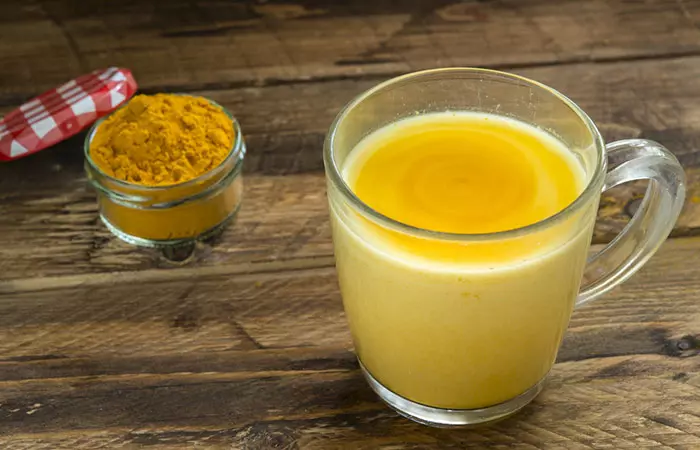
A scientific study showed that curcuma oil from a plant belonging to the turmeric family reduced axillary hair growth in women (2). Hence, turmeric may help reduce hair growth on the upper lip.
You Will Need
- 1 tablespoon of turmeric
- 1 tablespoon of water or milk
What You Have To Do
- Mix the turmeric powder with either water or milk and apply it to the upper lip.
- Leave it on for half an hour.
- Once it has hardened, rub it gently and wash it off.
How Often You Should Do This
Do this once every few days for a couple of weeks.
Caution: Do not use milk in this remedy if you are allergic to dairy products.
While this is unlikely to remove all of the hair in the treated area, it may help reduce its growth.
2. Egg White
Egg white has a gelatin-like texture, which acts as an excellent peel-off mask. When applied to the upper lip, it may dislodge the hair from its follicles. This can help you remove fragile strands effortlessly. However, this remedy may not work as effectively as other upper lip hair removal techniques.
You Will Need
- 1 egg white
- 1 teaspoon of cornflour
- 1 teaspoon of sugar
What You Have To Do
- Mix the egg white with the cornflour and sugar.
- Whisk the mixture until it forms a sticky paste.
- Apply the paste to the upper lip region.
- Let it dry for around 30 minutes and peel it off.
How Often You Should Do This
Repeat this 2 times a week.
3. Gelatin
Gelatin acts as a peel-off mask as it binds together when mixed with a liquid. Once it gets sticky, its adhesive property might help unclog the strands from its follicles.
You Will Need
- 1 tablespoon of unflavoured gelatin
- 1½ tablespoons of milk
What You Have To Do
- Mix the gelatin and milk in a bowl and microwave the mixture for 10-12 seconds.
- Apply the warm paste to the upper lip.
- Once dried, peel it off with mild force.
How Often You Should Do This
Do it once every two weeks.
4. Sugar
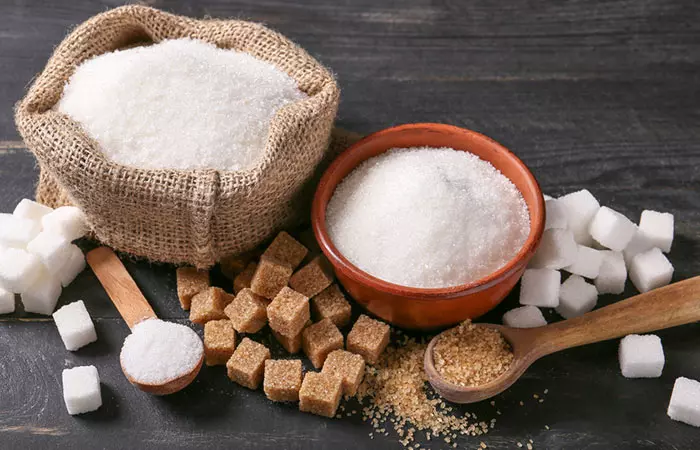
Sugar is popularly used as an ingredient for painless hair removal. It not only removes unwanted hair but also prevents its growth (3). It will also work as an exfoliant to smooth the skin.
You Will Need
- 2 tablespoons of sugar
- 1 tablespoon of lemon juice
- A soft piece of cloth
What You Have To Do
- Heat the sugar in a pan for a minute.
- Add the fresh lemon juice to it and stir until it forms a thick liquid.
- Allow it to cool down.
- Apply the sugar-lemon juice mixture to the upper lip region.
- Place a piece of cloth on the applied paste. Rub in a circular motion.
- Pull it off quickly against the direction of the hair growth.
How Often You Should Do This
Use this remedy as and when required.
5. Yogurt, Honey, And Turmeric
Yogurt, honey, and turmeric combine to form a smooth, sticky mixture that can help remove the unwanted hair on your upper lip. This scrub causes the upper lip hair to dislodge from the follicles.
You Will Need
- 1 teaspoon of honey
- 1 teaspoon of yogurt
- A pinch of turmeric
What You Have To Do
- Mix the yogurt, honey, and turmeric in a bowl.
- Massage the upper lip with this paste.
- Wait for about 15-20 minutes. Rub it off gently.
- Wash the area with cold water.
How Often You Should Do This
Repeat this 2 times a week.
6. Flour
This is one of the easiest and simplest methods of upper lip hair removal. Applying the pack loosens up the hair follicles, and the hair can be easily removed when the mask is peeled off. However, this method is based on anecdotal evidence and has no scientific backing.
You Will Need
- 1 tablespoon of wheat flour
- 1 tablespoon of milk
- A pinch of turmeric
What You Have To Do
- Mix all the ingredients to form a thick paste.
- Apply the paste to the upper lip area and wait for it to dry.
- Once dried, slowly peel off the mask.
- Rinse the area with water.
How Often You Should Do This
Use this hair removal pack every 3-4 days.
7. Lemon And Sugar
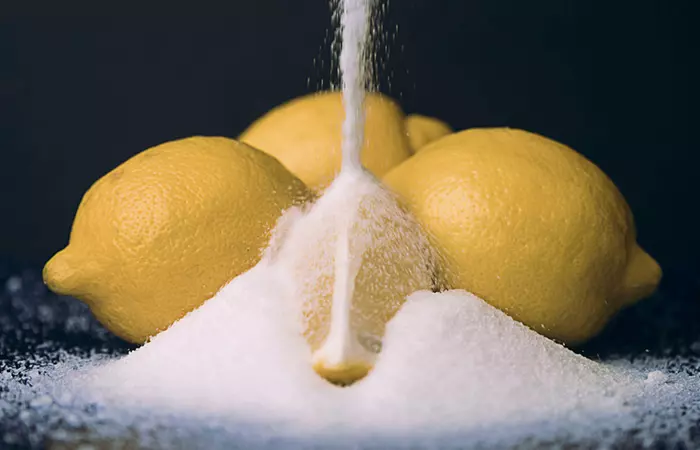
Lemon contains acids that have bleaching properties and lighten the hair on the upper lip (4). Sugar helps to exfoliate the skin and loosens the hair follicles, which makes it easy to pull them out.
You Will Need
- 1 lemon
- 1 tablespoon of sugar
What You Have To Do
- Squeeze the lemon and add the sugar to it. Stir well until it becomes a paste.
- Apply the paste all over the upper lip.
- Let it dry for 15 minutes and wash it off with water.
How Often You Should Do This
Apply this paste every alternate day.
Caution: If you have dry skin, avoid this remedy as lemon can dry your skin further.
8. Sugar Waxing
The stickiness of the sugar paste will pull the hair from its follicles and slow down growth with multiple uses (3). Chamomile soothes the skin and has anti-inflammatory properties (5). It will help reduce the mild swelling in your skin after the waxing is done.
You Will Need
- 4 chamomile tea bags
- 2 tablespoons of sugar
- 2 tablespoons of lemon juice
- Water
- Popsicle stick
- Waxing strip
What You Have To Do
- Boil the chamomile tea bags in water in a saucepan.
- Remove the saucepan from the heat. Let the tea bags steep for around 30 minutes.
- Throw the tea bags away and pour out only half a cup of tea.
- Pour a cup of water into a saucepan. Add some water to the chamomile tea you just extracted.
- Add the sugar and the lemon juice. Stir well.
- Allow the mixture to boil for a couple of minutes. Wait until the colour turns darker.
- Remove the saucepan from the heat and transfer the mixture to a bowl. Let the sugar wax cool down. Don’t apply it to your skin when it is hot and be careful not to burn yourself.
- Use a popsicle stick to spread it over your upper lip.
- Apply a waxing strip on it. Hold it for a few seconds and pull it off quickly. Make sure you pull in the opposite direction of the hair growth.
How Often You Should Do This
Use this remedy depending on how fast your hair growth is.
9. Honey And Lemon
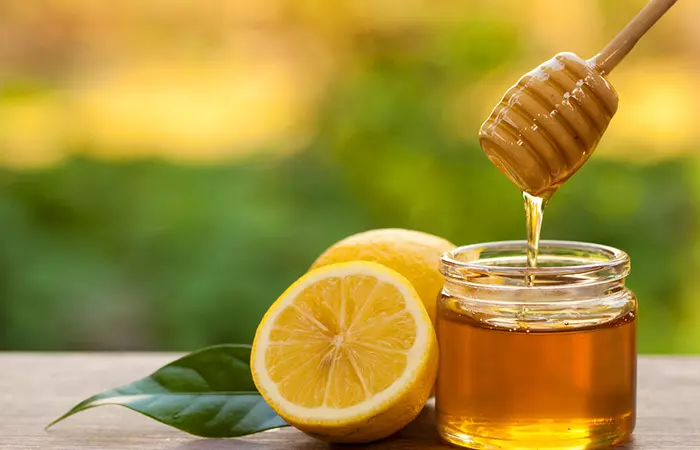
Honey works as a mild wax and helps to pull out the hair from their follicles. Lemon can help lighten the tiny strands that are hard to wax.
You Will Need
- ½ tablespoon of lemon juice
- 1 tablespoon of honey
- Warm water
- Washcloth
What You Have To Do
- Apply a mixture of honey and lemon juice to the upper lip.
- Leave it on for 15-20 minutes.
- Soak the washcloth in the warm water. Wring out the excess water and use this to gently wipe off the honey-lemon paste.
- Rinse your face with water.
How Often You Should Do This
Do this 2-3 times a week.
10. Potato Juice
The ingredients in this pack may help unclog pores and pull away from the upper lip hair when scrubbing off from the skin. Anecdotal evidence suggests that potatoes act as bleaching agents. This may lighten the remaining stubborn hair.
You Will Need
- 2 tablespoons of yellow lentils
- 1 tablespoon of potato juice
- 1 teaspoon of honey
- 1 tablespoon of lemon juice
- Water
What You Have To Do
- Soak the lentils in water overnight.
- Strain them in the morning and grind them with the lemon juice and freshly extracted potato juice (from a grated potato).
- Add the honey to this paste and mix well.
- Apply this to the upper lip and let it sit for 15-20 minutes.
- Once dried, scrub the paste off.
- Wash your face with water.
You can apply this hair removal mask on the entire face as well.
How Often You Should Do This
Do this 2 times a week.
11. Corn Flour And Milk
The cornflour and milk combination will stick to your skin firmly, and when peeled off, it may remove the hair along with it.
You Will Need
- 1 teaspoon of cornflour
- 2 teaspoons of milk
What You Have To Do
- Make a paste with the ingredients and apply on the upper lip.
- Let it dry and then slowly peel this mask off.
How Often You Should Do This
Repeat this 2-3 times a week.
While these home remedies can help temporarily reduce the appearance of upper lip hair, it is important to understand the underlying causes to address the issue more comprehensively. Learn more about it below.
What Causes Lip Hair Growth In Women?
The phenomenon of hirsutism, or unwanted hair growth in females, is caused due to many factors that may be hormonal or genetic, or even a combination of the two. Generally, around 5-10% of women have hirsutism. There are no determined causes of this condition, and the research is ongoing (1).
According to research, Polycystic Ovary Syndrome (PCOS) is responsible for approximately 75% of hirsutism cases, affecting about 20 – 25% of adolescent girls. Non-classical Congenital Adrenal Hyperplasia (NCAH) is responsible for a higher prevalence among the Ashkenazi Jewish population (3.7%) and the Central European population (2%), while it is considered rare among Caucasians (0.1%).
 Quick Tip
Quick TipOther Methods To Stop Upper Lip Hair Growth
1. Laser Hair Removal
Wondering how you can get rid of facial hair in a more permanent way? Consider a laser hair removal treatment. In laser hair removal products, a concentrated beam of light is sent into the hair follicle to destroy the hair. This can stop hair growth for approximately 7 months.
2. Electrolysis
This method of hair removal involves an electric current. This electricity destroys the hair and hair follicle. Due to this damage, hair growth is stopped permanently.
3. Use Tweezers
Tweezing upper lip hair is a common and effective hair removal method. Use a gentle cleanser and warm water to remove any dirt, makeup, or excess oil from your face. Clean and sanitize your tweezers to prevent infections. Always tweeze your hair in the direction of hair growth. This helps reduce pain and ensures you remove hair from the root. Apply a calming lotion or aloe vera gel to the skin after tweezing to soothe it. Those with sensitive skin are suggested to avoid using makeup immediately after tweezing.
Note: Carefully tweeze one hair at a time. This prevents hair breakage and any resultant ingrown hairs.
Jen, a blogger, shared her experience of removing upper lip hair at home by herself. She tried plucking the facial hair with tweezers and found it effective but very time consuming. She writes, “ I also use it to catch hairs on my chin that come through. It hurts a little – but this obviously isn’t a good method for removing all your facial hair. It would take hours and could be very sore on sensitive skin! (i)”
 Quick Tip
Quick TipNever opt for shaving your upper lip hair. When you shave your face, the facial hair is only removed from the skin, making it blunt-edged. When your hair begins to grow back again, it grows into stubble. Try the sugar waxing remedy if you are in a hurry. It’s a smarter alternative!
Infographic: Tips To Manage Upper Lip Hair Growth
While the exact cause behind hirsutism is yet to be determined, genetics and hormonal changes have been linked to unwanted hair growth in women. With a few natural ingredients available in your kitchen, you can easily manage excess lip hair growth at home. If you opt for laser hair removal, follow the dos and don’ts of laser hair removal aftercare for effective healing.
Check out the infographic below to know more! Illustration: StyleCraze Design Team
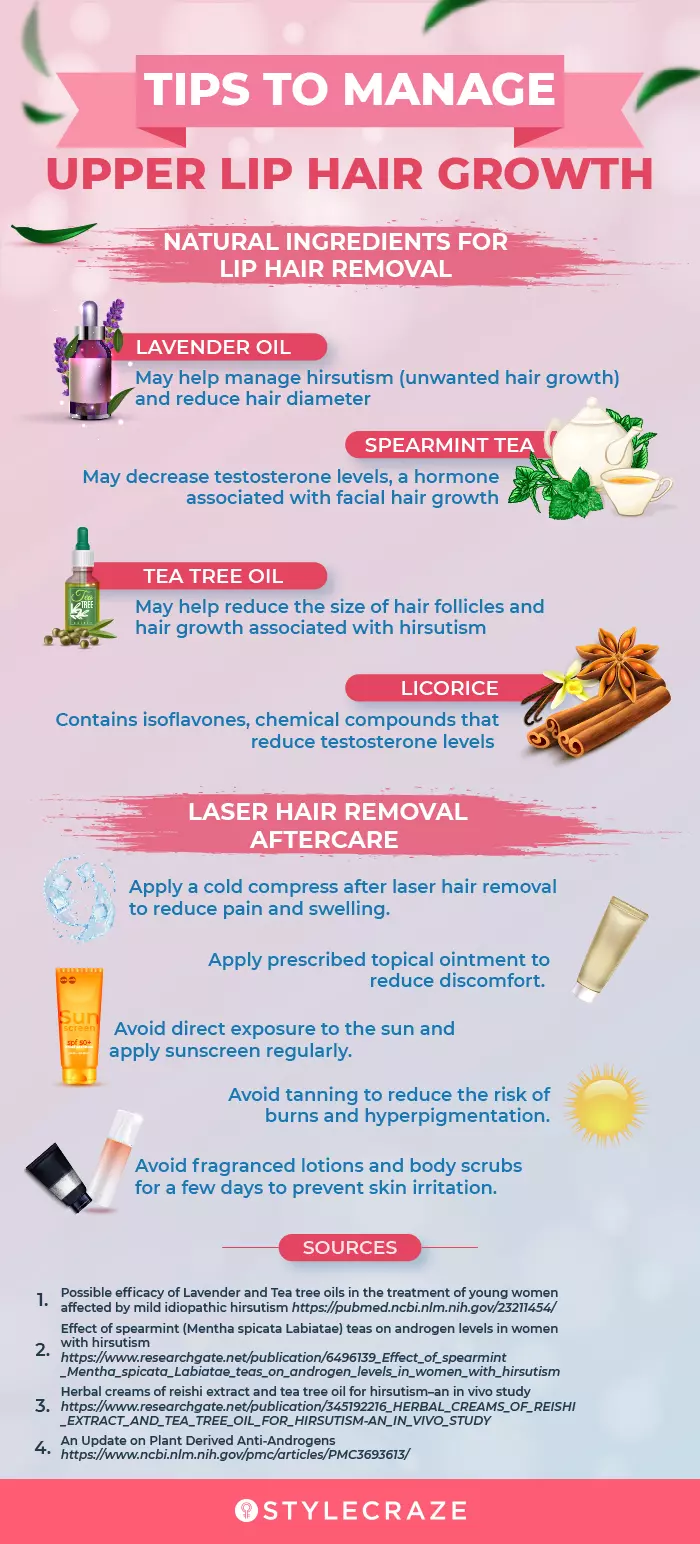
Having some upper lip hair is perfectly normal. However, if you are keen to learn how to remove upper lip hair naturally, the home remedies discussed in the article can be a great option. Simple ingredients like turmeric and milk, egg whites, sugar waxing, and even potato juice can help reduce unwanted hair. These natural methods offer a gentle, temporary solution for smooth skin. However, if you are dealing with excessive hair growth due to hormonal or genetic factors, and want permanent results, treatments like electrolysis or laser therapy may be worth considering. Consult a dermatologist to discuss suitable options.
Frequently Asked Questions
Can we use Veet on the upper lip?
Yes, depilatory creams like Veet, which is formulated for facial hair removal may be used on the upper lip.
Does plucking upper lip hair make it thicker?
No, plucking or tweezing upper lip hair does not make it thicker, even if it appears so as the new hair growth is straight and outwards hanging.
Is it better to shave or pluck the upper lip area?
Both shaving and plucking upper lip hair have their pros and cons. Shaving is quicker and less painful but may lead to a stubble and quicker regrowth. Plucking takes more time and is more painful, but can prolong the time between regrowth and hair won’t reappear as stubble.
Is plucking better than waxing?
Both grooming methods have their pros and cons. Plucking is more suitable for smaller areas of hair as it requires individual attention to each hair strand whereas waxing is more appropriate for larger areas as it can help pull out more hair at a go. Plucking can be done on shorter hair, whereas you may need to wait till hair regrows to a certain length before waxing. Plucking is less appropriate for fine hair, whereas waxing can help remove both fine and thick hair. Overall, waxing is considered more suitable for upper lip hair removal, although both methods work.
Does threading the upper lip cause more hair growth?
No, hair may grow back quicker, but it does not cause increased hair growth. Infact, overtime threading may reduce hair growth as hair follicles may get damaged from the process.
Key Takeaways
- Lip hair growth in women may be caused by genetics or hormonal imbalance.
- You can use milk, gelatin, sugar, or turmeric as a homemade scrub to get rid of upper lip hair.
- Applying aloe vera gel to the top lip may soothe the skin and inhibit hair growth.
- You can opt for medical treatments like electrolysis or laser to remove upper hair lip.
Learn how to use baking soda for easy and effective upper lip hair removal! Watch this video to get rid of unwanted hair quickly and easily with this simple trick!
Personal Experience: Source
StyleCraze's articles are interwoven with authentic personal narratives that provide depth and resonance to our content. Below are the sources of the personal accounts referenced in this article.
i. Removing my facial hair part 1 – what are the options?https://totallyaddictedtobase.wordpress.com/2016/10/16/removing-my-facial-hair-part-1-what-are-the-options/
References
Articles on StyleCraze are backed by verified information from peer-reviewed and academic research papers, reputed organizations, research institutions, and medical associations to ensure accuracy and relevance. Read our editorial policy to learn more.
- Sachdeva, Silonie. “Hirsutism: evaluation and treatment.” Indian journal of dermatology vol. 55,1 (2010): 3-7.
https://www.ncbi.nlm.nih.gov/pmc/articles/PMC2856356/ - Srivilai, Jukkarin et al. “Curcuma aeruginosa Roxb. essential oil slows hair-growth and lightens skin in axillae; a randomised, double blinded trial.” Phytomedicine : international journal of phytotherapy and phytopharmacology vol. 25 (2017): 29-38.
https://pubmed.ncbi.nlm.nih.gov/28190468/ - Tannir, D, and B Leshin. “Sugaring: an ancient method of hair removal.” Dermatologic surgery : official publication for American Society for Dermatologic Surgery [et al.] vol. 27,3 (2001): 309-11.
https://pubmed.ncbi.nlm.nih.gov/11277903/ - Smit, Nico et al. “The hunt for natural skin whitening agents.” International journal of molecular sciences vol. 10,12 5326-49.
https://www.ncbi.nlm.nih.gov/pmc/articles/PMC2801997/ - Srivastava, Janmejai K et al. “Chamomile: A herbal medicine of the past with bright future.” Molecular medicine reports vol. 3,6 (2010): 895-901.
https://www.ncbi.nlm.nih.gov/pmc/articles/PMC2995283/
Read full bio of Dr. Schwarzburg
Read full bio of Shaheen Naser
Read full bio of Anjali Sayee
Read full bio of Swathi E






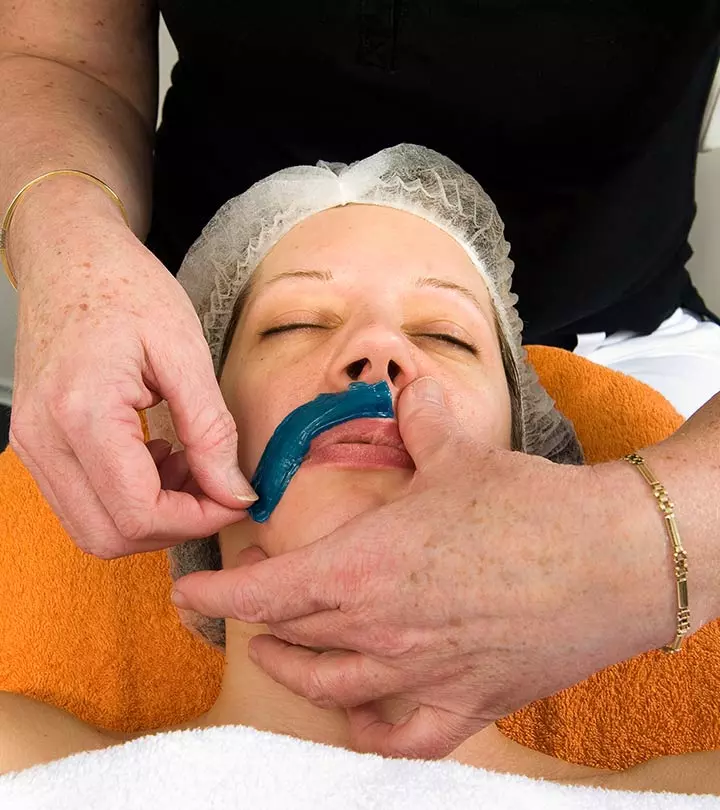
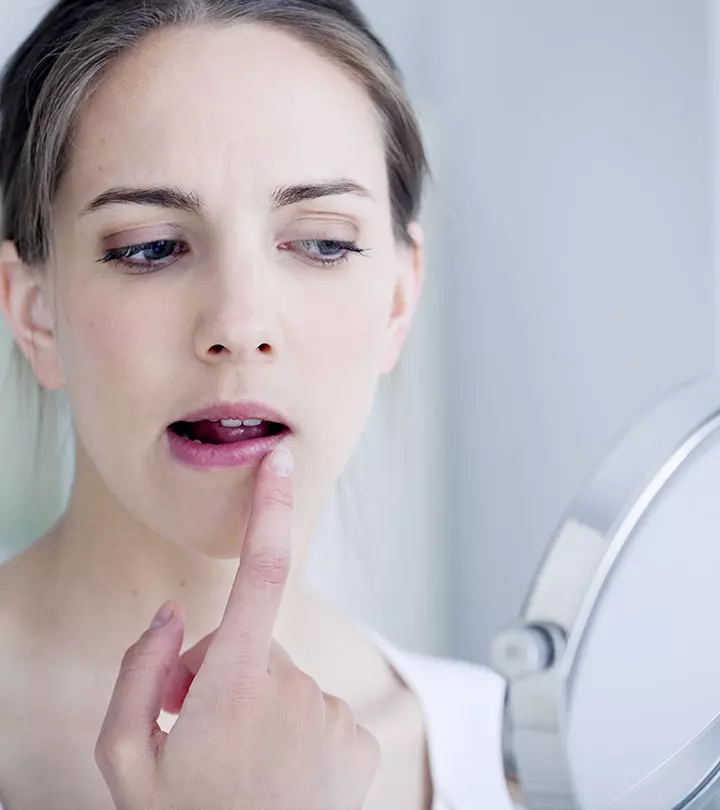
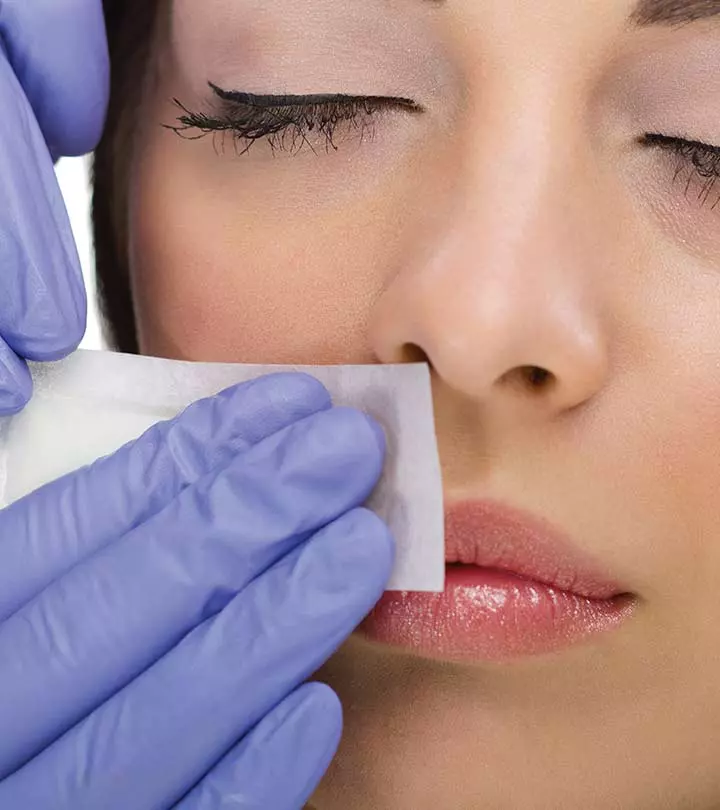

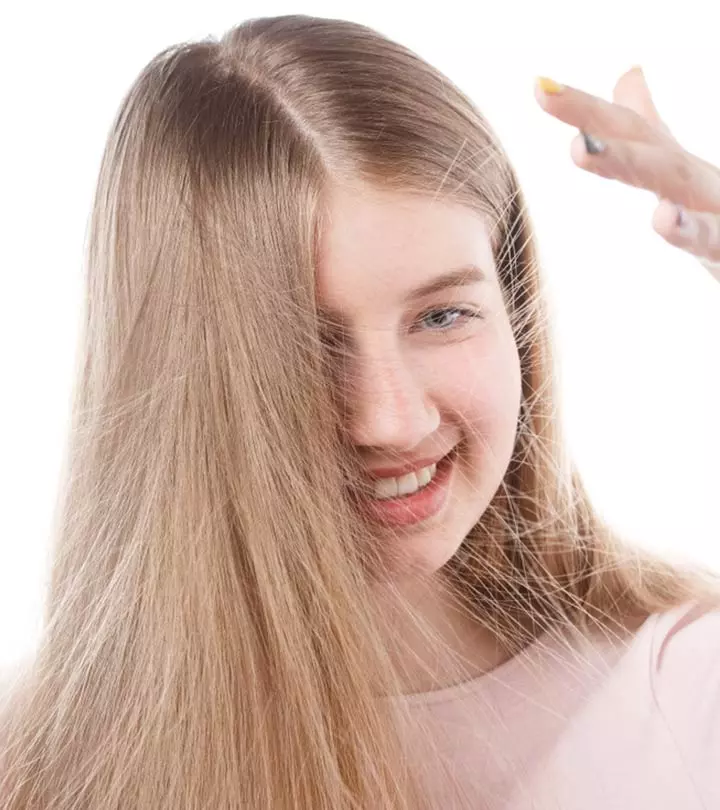
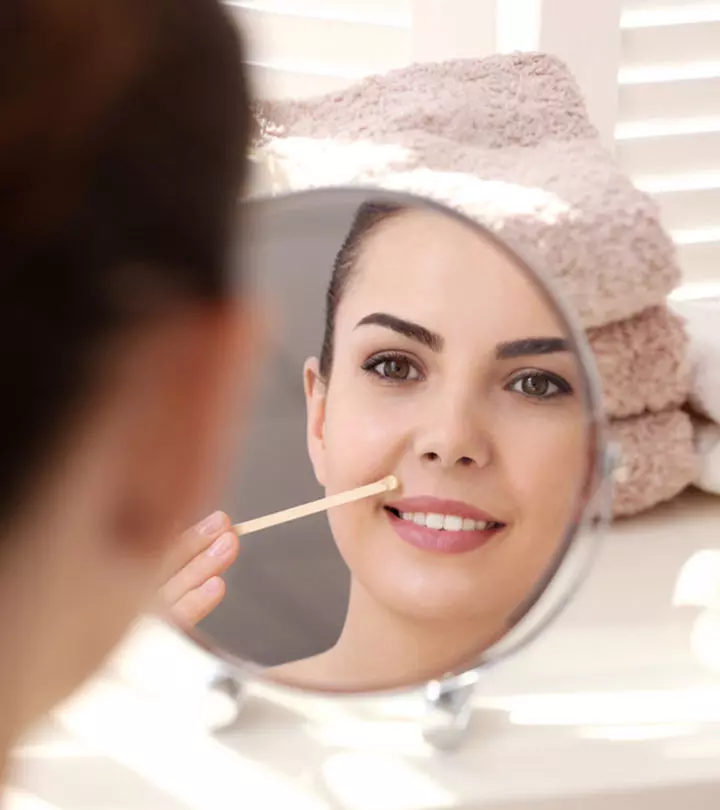
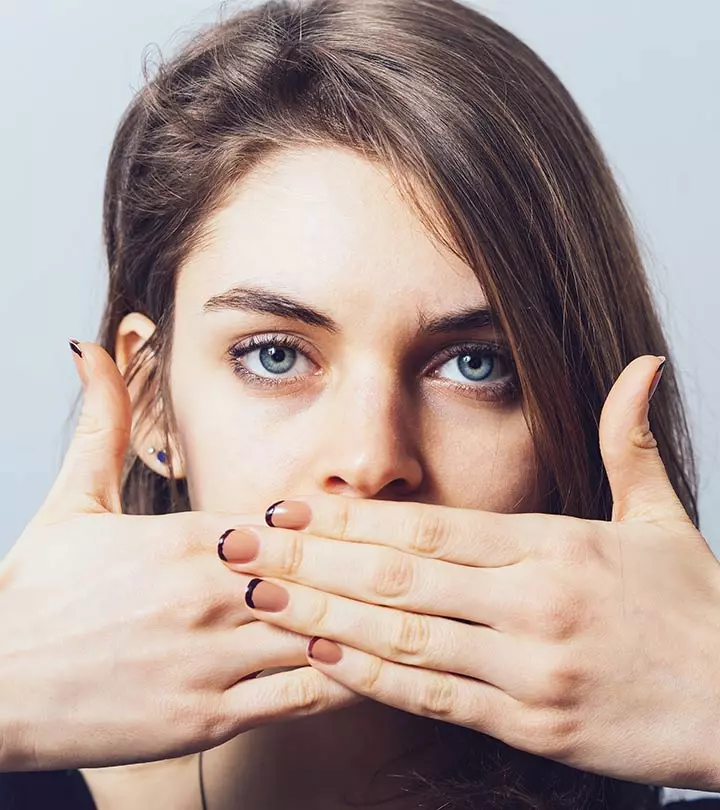
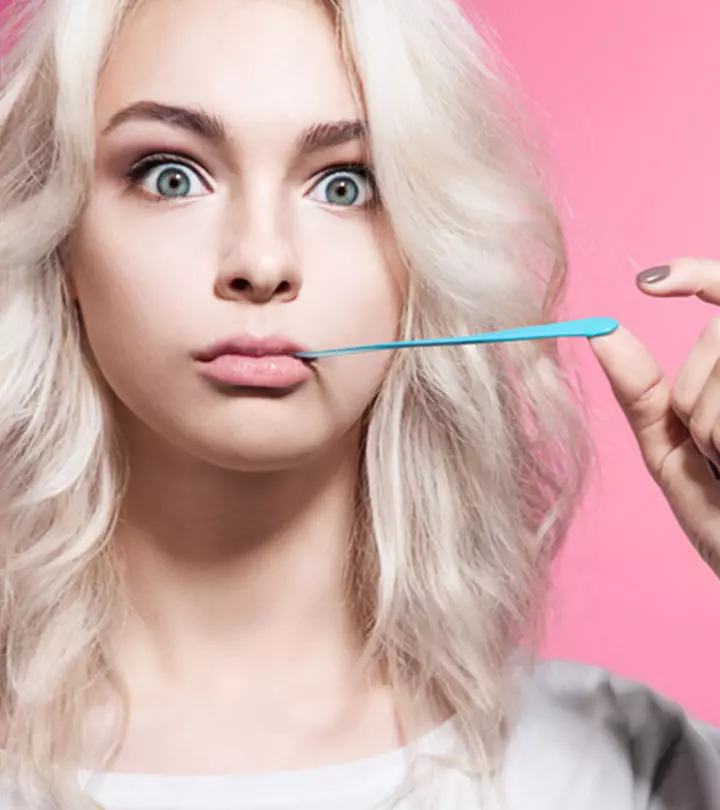
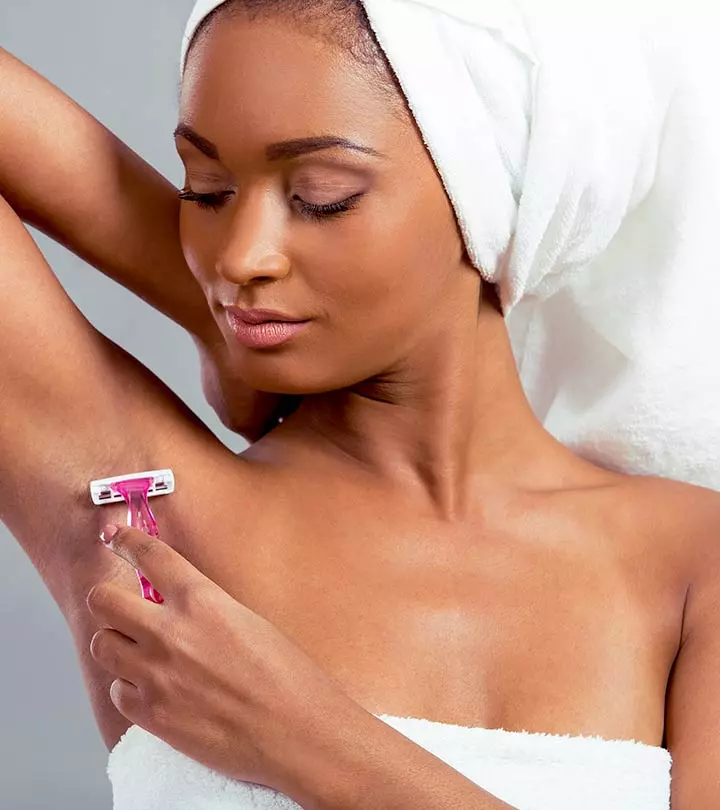
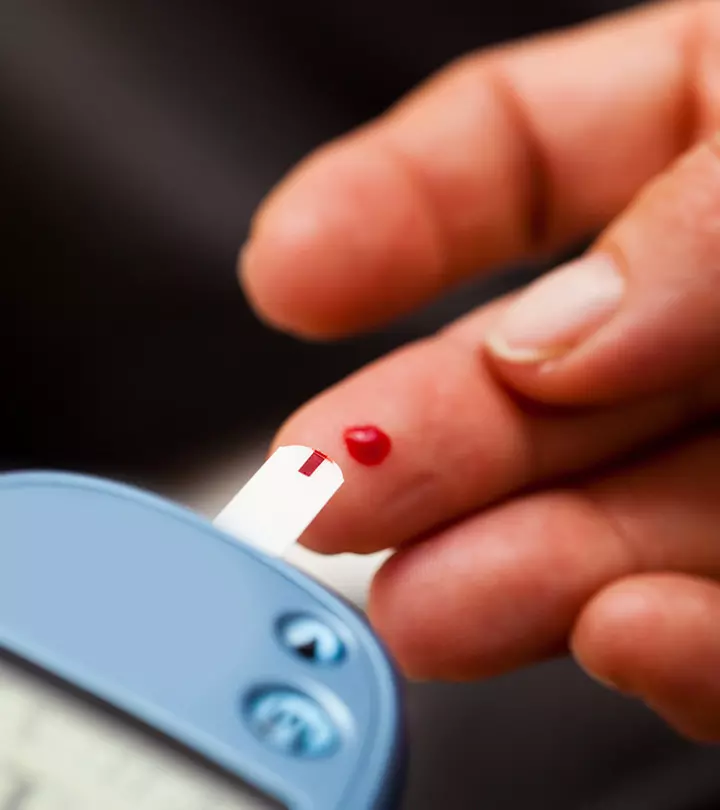
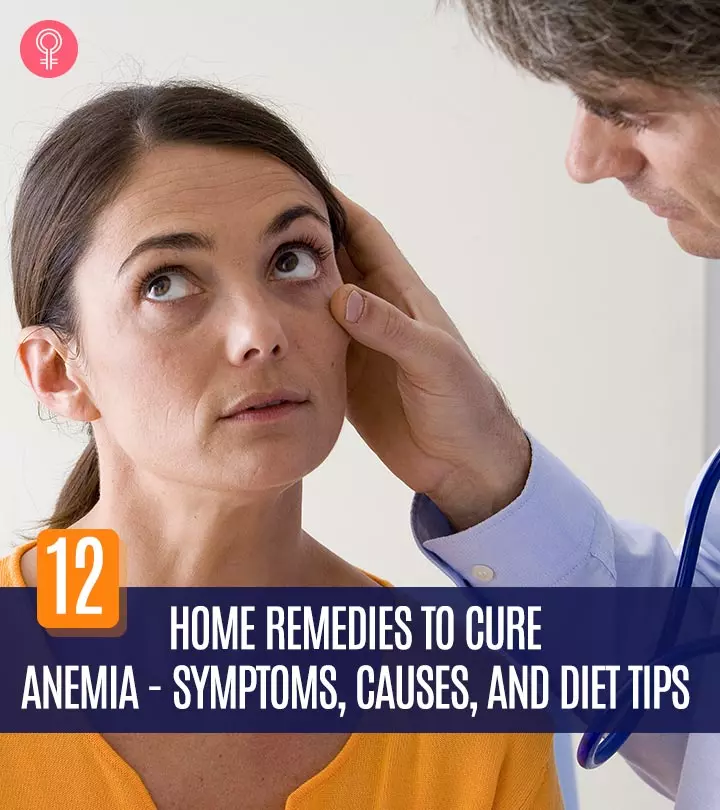

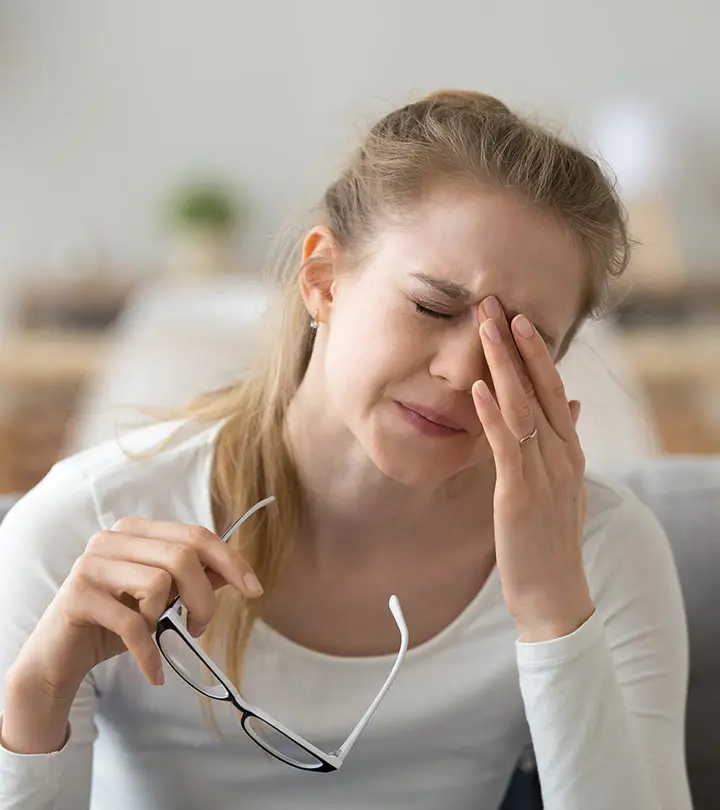
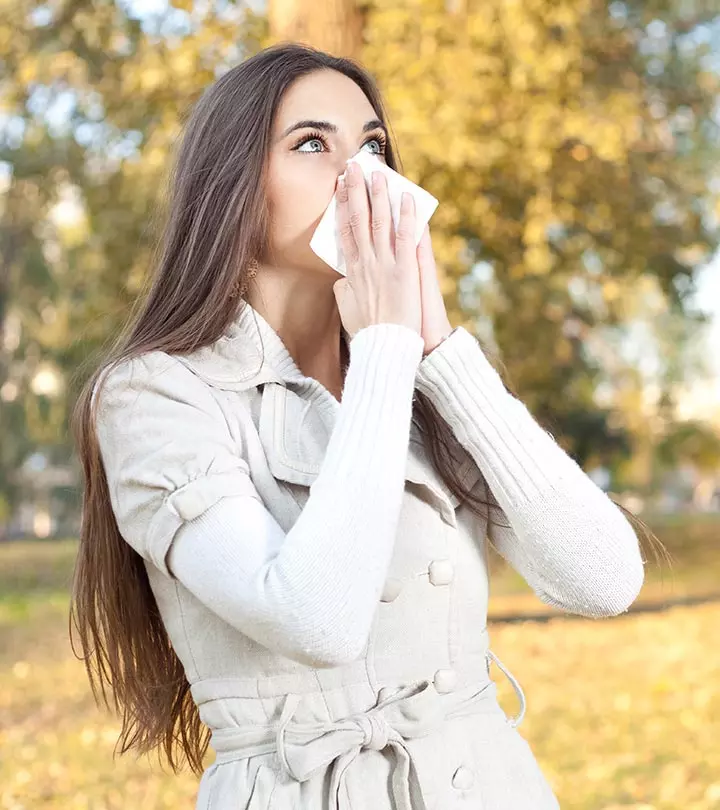
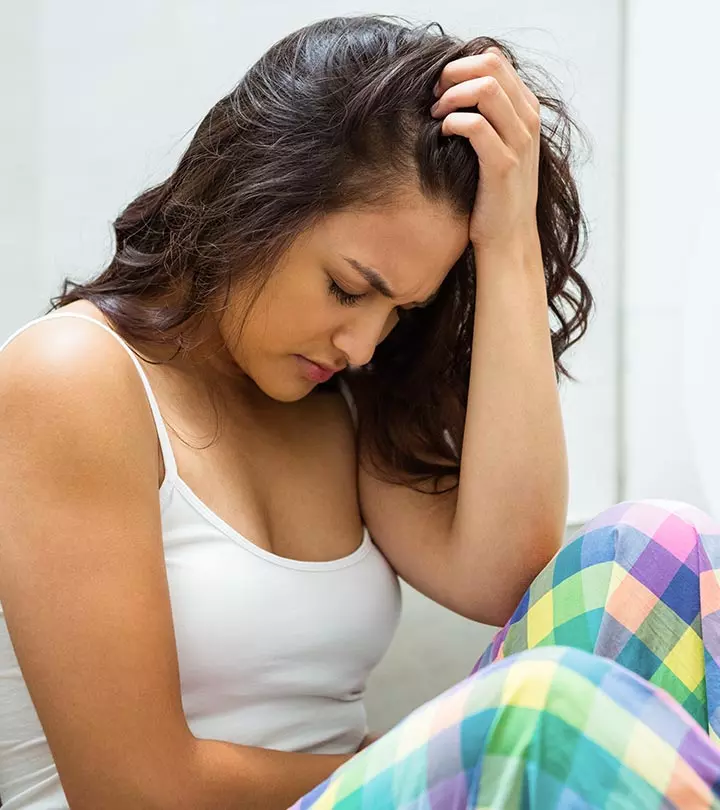

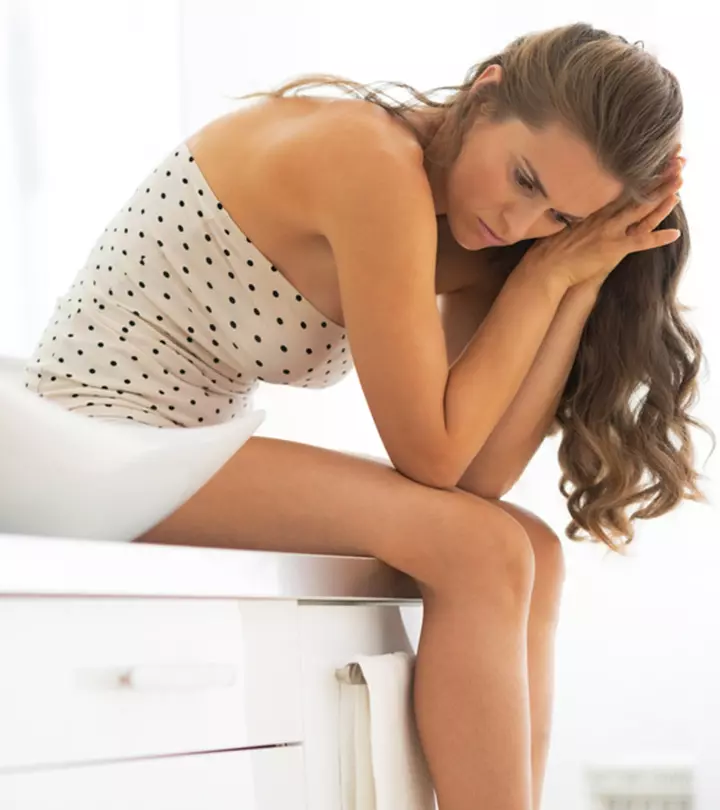

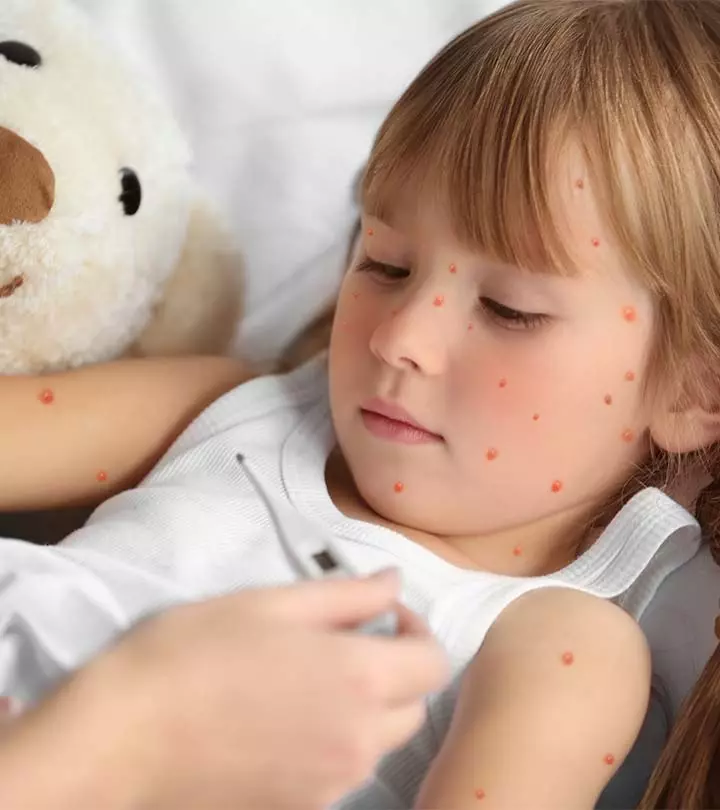

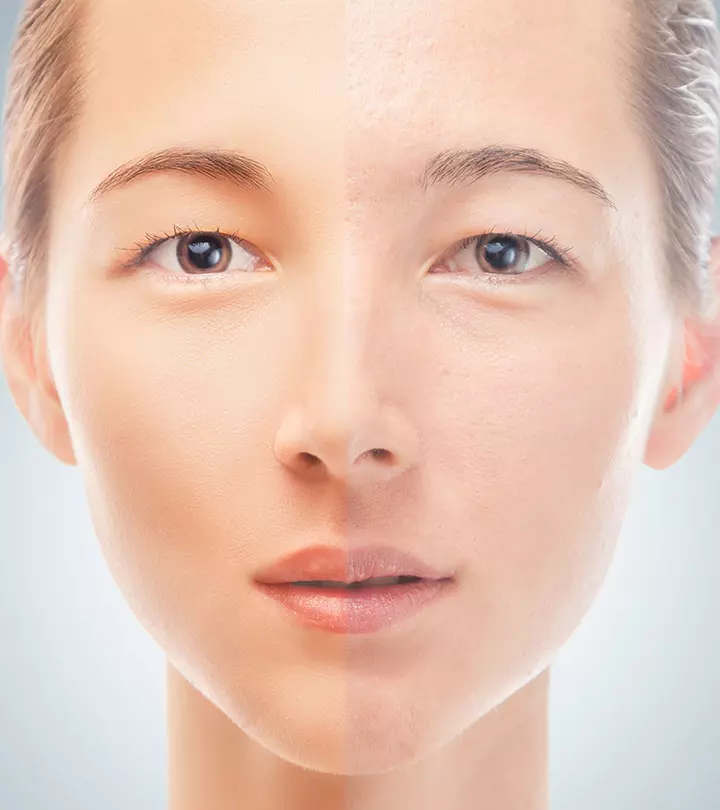
Community Experiences
Join the conversation and become a part of our empowering community! Share your stories, experiences, and insights to connect with other beauty, lifestyle, and health enthusiasts.